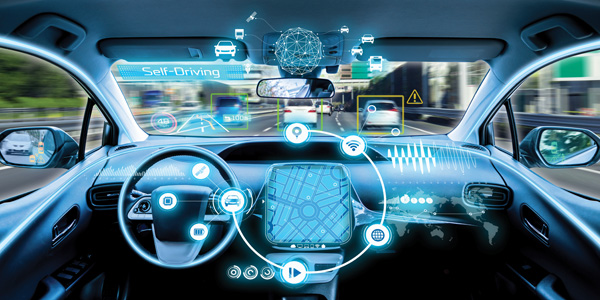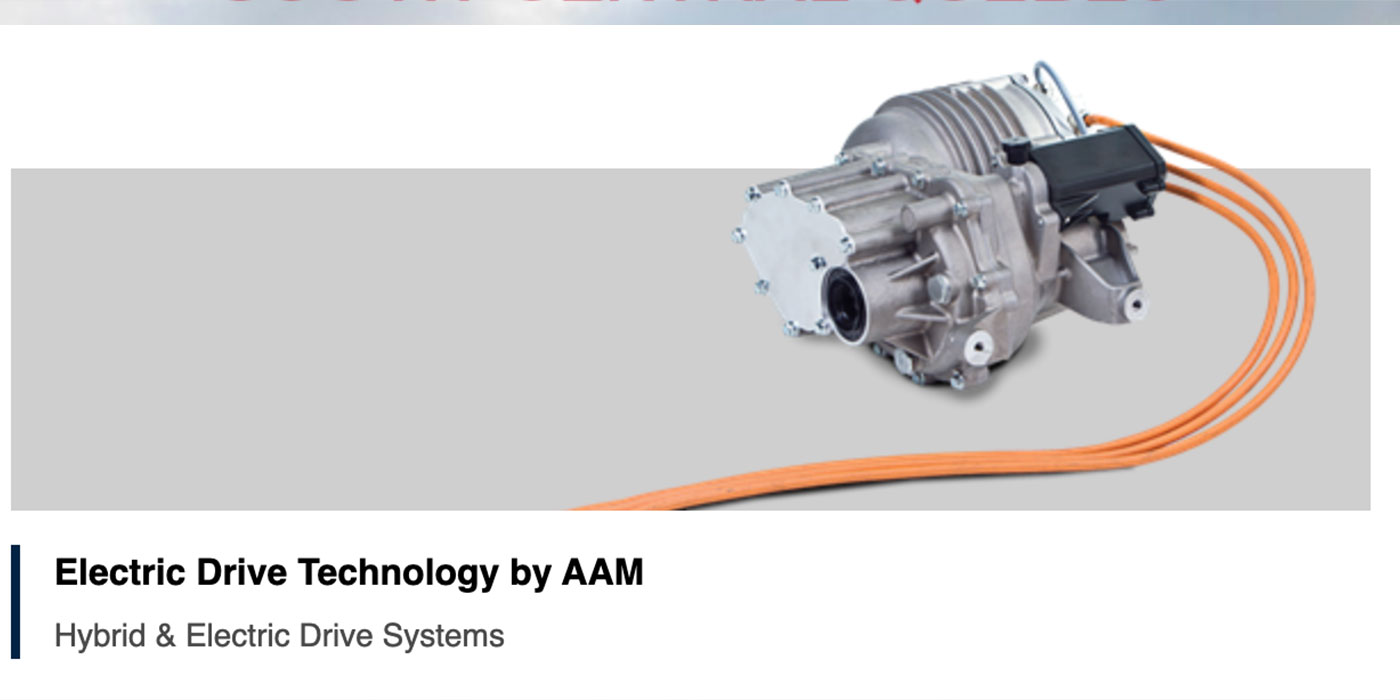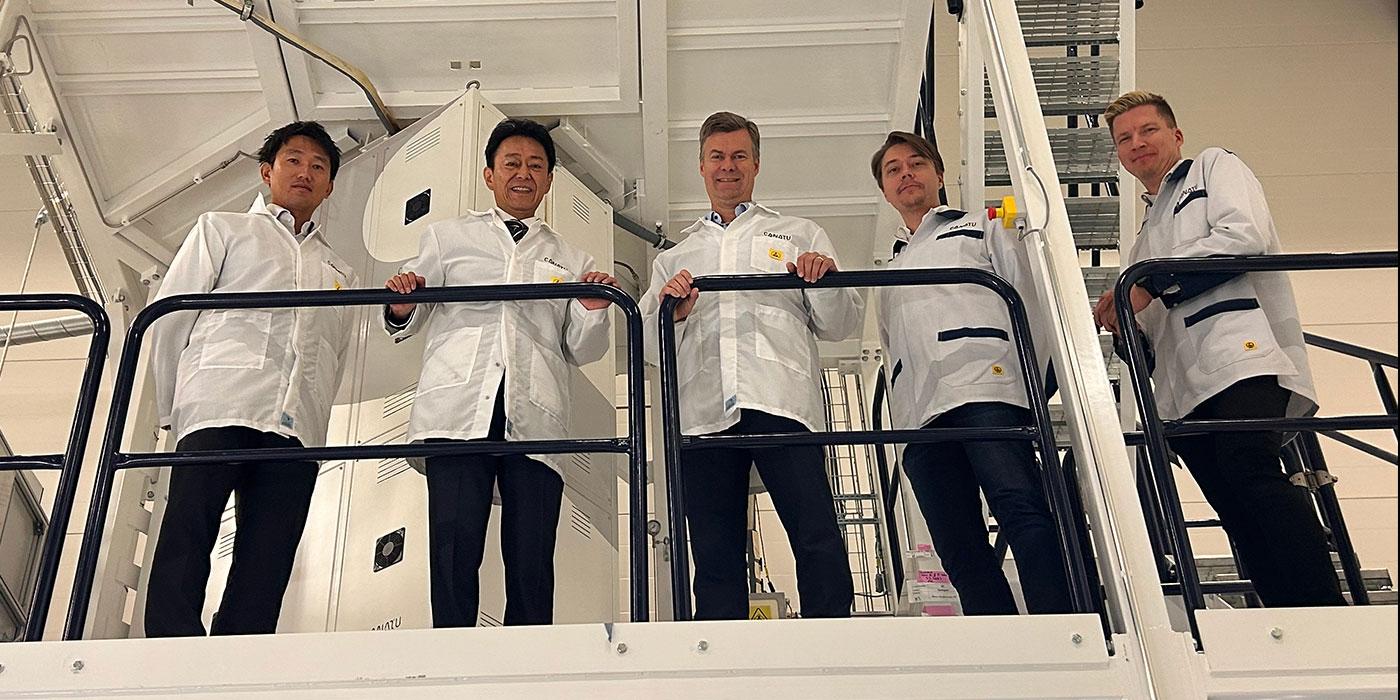From BodyShop Business
 AAA has released a new report with survey results from more than 1,200 vehicle owners that have advanced driver-assistance system (ADAS) features in their car. The data reflects owners’ opinions about, understanding of and experiences with the ADAS technologies.
AAA has released a new report with survey results from more than 1,200 vehicle owners that have advanced driver-assistance system (ADAS) features in their car. The data reflects owners’ opinions about, understanding of and experiences with the ADAS technologies.
ADAS technologies designed to improve the convenience and safety of driving by warning the driver that a crash is imminent or by temporarily automating certain aspects of vehicle control such as acceleration, braking or steering are becoming more available to consumers. As these technologies become more common, they have the potential to reduce rates of crashes, injuries and deaths on roadways. However, AAA states that potential will not be realized fully unless consumers accept these technologies, understand how to use them, use them as intended and avoid misusing or becoming overreliant on them.
The purpose of the study was to examine experiences with, opinions about and understanding of specific ADAS technologies by surveying the registered owners of selected model year 2016 and 2017 vehicles equipped with technologies of interest, which included forward collision warning (FCW), automatic emergency braking (AEB), lane departure warning (LDW), lane keeping assist (LKA), blind spot monitoring (BSM), rear cross-traffic alert (RCTA) and adaptive cruise control (ACC).
Key Findings
The majority of drivers generally have favorable impressions of the technologies on their vehicles. For example:
- At least two in three owners of vehicles with each respective technology reported that they trusted it
- More than three in four reported that they found each respective technology useful
- At least seven in 10 owners indicated they would want each respective technology on their next car and that they would recommend it to others
However, many respondents demonstrated lack of awareness of the key limitations of the technologies. For example:
- Only 21 percent of owners of vehicles with BSM systems correctly identified the inability to detect vehicles passing at very high speeds as a limitation of the system; the remainder expressed various other misconceptions about its function or reported that they were unsure of the system’s limitations
- 33 percent of owners of vehicles with AEB systems did not realize that the system relied on cameras or sensors that could be blocked by dirt, ice or snow.
The data also provided some evidence of potentially unsafe behavioral adaption in response to the technologies. For example:
- 29 percent of respondents reported at least occasionally feeling comfortable engaging in other activities while driving with ACC
- 30 percent of owners of vehicles with BSM systems reported at least sometimes relying on the system to the point of changing lanes without visually checking their blind spot
- 25 percent of owners of vehicles with RCTA systems reported at least sometimes backing up without looking over their shoulder
To read the full report, click here.













